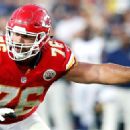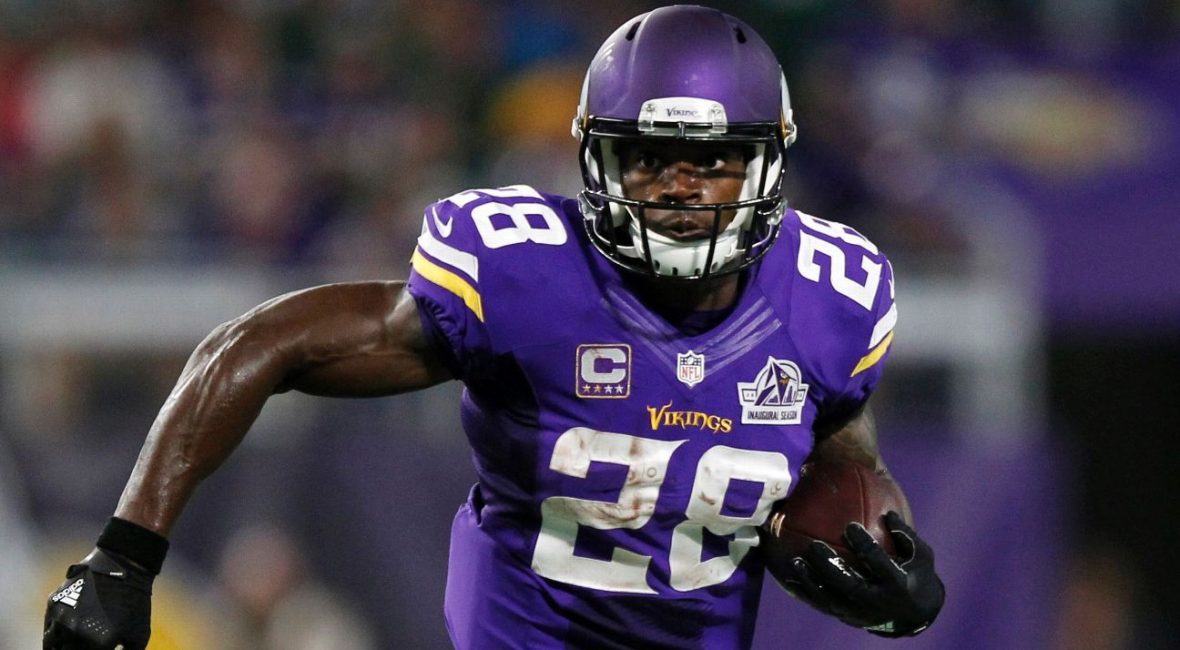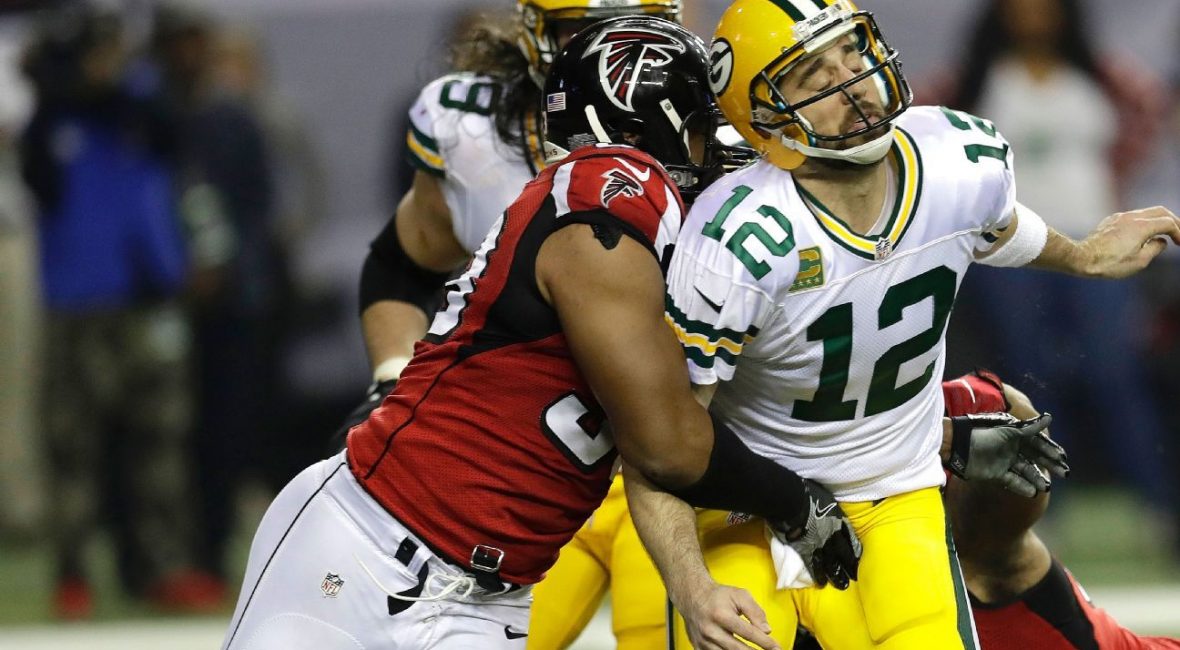The Kansas City Chiefs and guard Laurent Duvernay-Tardif have agreed to a contract extension, the team announced Tuesday.
Duvernay-Tardif’s five-year, $41.25 million extension includes $20 million in guaranteed money, a league source told ESPN’s Adam Caplan.
Chad Speck, Duvernay-Tardif’s agent, posted on Instagram about the signing Tuesday.
“Laurent has grown significantly in his three years as a professional,” Chiefs general manager John Dorsey said in a statement. “He brings a lot of mental and physical toughness to the position, and last season he was able to become a key contributor to our offense. Laurent has a bright future here.”
Duvernay-Tardif, 26, was a sixth-round draft pick of the Chiefs in 2014 out of McGill University in Montreal. He broke into the starting lineup in 2015 and is now a fixture at right guard.
He is in medical school at McGill and tends to his studies during the offseason. Since being drafted by the Chiefs, he has returned to Kansas City each year to participate in most of the team’s offseason workouts and all of the offseason practices.
Duvernay-Tardif was scheduled to become an unrestricted free agent after the 2017 season.
NFL Network first reported that Duvernay-Tardif was close to an extension with the Chiefs.
The Chiefs also are making a strong push to wrap up a deal with veteran safety Eric Berry by Wednesday’s franchise tag deadline in a bid to keep him in Kansas City, sources told ESPN’s Adam Schefter.






